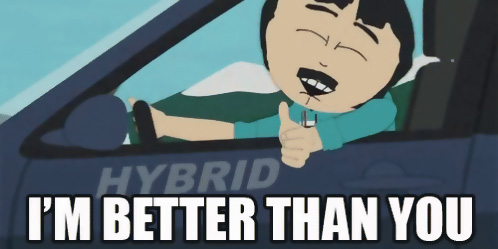
Five years ago, Judith Curry?s excellent Climate Etc. blog carried a series of guest posts by ?Planning Engineer? warning of the unique threats posed to the reliability and stability of energy grids by the politically-motivated rush to force ?renewables? (mainly solar and wind) into the market. Australia is rapidly turning out to be the crucible in which those warnings are coming to pass. Quote:
Australia?s electricity grid is relying on emergency safety nets to keep the lights on, amid revelations the energy market operator stepped in more than 100 times last year to order South Australia?s gas generators to provide supply.
This has prompted the nation?s energy rule maker to launch an investigation as the transition to renewables from coal ratchets up costs and places ?extraordinary pressures? on the power system. End of quote.
South Australia has become the poster child for green zealotry trumping good energy supply sense. The entire state was blacked out in 2016 when, during a wind storm, a cascading failure shut down the state?s wind farms and finally, a series of downed pylons broke the camel?s back completely. That that blackout hasn?t been repeated is more a case of good luck than good management, although Victoria experienced rolling blackouts on the hottest day of this summer. Quote:
The deterioration of the strength of the electricity network ? most pronounced in South Australia ? is also spreading to southwest NSW, northwest Victoria and north Queensland, adding to wholesale costs incurred by users.
?The power system is experiencing more stress as it transitions to more renewables,? AEMC chief executive Anne Pearson writes??Raising the risk of cascading blackouts. Unprecedented in their breadth and scope, these trends put extraordinary pressure on the security and reliability of our power grid.? End of quote.
Regulators are frantically playing whack-a-mole as state-sanctioned increases in renewables stress systems more and more. Quote:
?The grid is holding up but only because the system operator is intervening on a daily basis to keep the lights on,? Ms Pearson said. ?It?s a power system under increasing pressure.?
South Australia required 100 separate interventions in the 2017-18 year for gas generators to provide supply and keep its system stable, compared with just eight in the previous year, Australian Energy Market Operator data provided to the AEMC shows.
It appears to be a trend picking up pace, with South Australia?s generators in total receiving 210 directions since June 30, 2017, a number which the AEMC describes as an ?unprecedented use of this intervention mechanism?. And for the first time last year, a Victorian generator was ordered to keep the lights on. End of quote.
The promised era of ?cheap, clean power? is receding further and further. Quote:
That trend is also pressuring wholesale market prices, with the cost of keeping the system stable soaring to $270 million as of September 2018, while the cost of maintaining frequency control surged nearly tenfold to $220m in 2018 from $25m in 2012.
The Reliability and Emergency Reserve Trader was also used twice, at a cost of $52m, in 2017-18 after never having been activated before ? with costs paid by Victorian and South Australian businesses. End of quote.
This year?s election is providing voters with a stark choice, at least as far as energy is concerned. Quote:
The Coalition has made lower power prices and system reliability two of the central planks of its energy policy in the lead-up to a May federal ?election, while Labor has pledged to deliver 50 per cent renewables in the nation?s power mix by 2030. End of quote.
theaustralian

